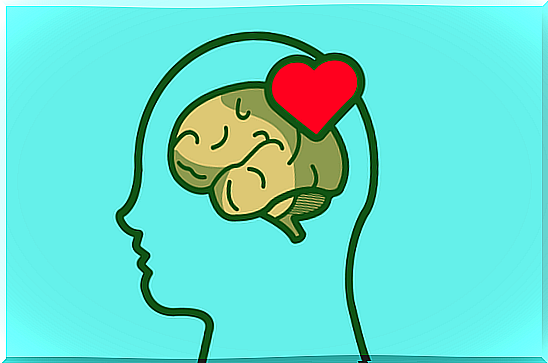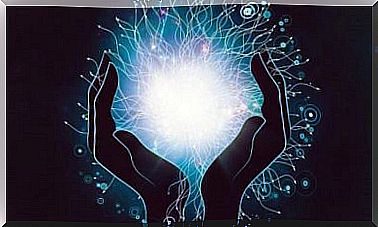Magda B. Arnold And Emotional Appraisal

According to William James (1842-1910), emotions are the result of the assessment of the changes at the body level that take place when the person receives certain stimulation or finds himself in a specific situation. In this way, emotion would not be possible without the production or perception of these changes, which would be especially related to the sympathetic nervous system. However, Magda B. Arnold (1903-2002) provided a different view of this phenomenon through the concept of emotional appraisal or appraisal.
Arnold suggested that emotion does not follow physical change, but that a direct assessment of whether the object or situation affects us in one way or another is necessary. This evaluation would produce a feeling of attraction or aversion and this would generate the approach or withdrawal of the object or situation. The sequence would be as follows: perception – evaluation – emotion. Let’s go deeper.
Four aspects of emotional assessment
Thus, Magda B. Arnold highlighted four fundamental aspects when assessing a situation. These four points are still highly relevant today to understand the emotional value in our lives.
- Difference between perception and evaluation.
- Immediacy of the emotional evaluation.
- Action trend.
- Constancy.

1. Difference between perception and evaluation
Perceiving an object means knowing what the object that I perceive is like. Evaluating it is putting it in relation to me and in this evaluation we tend to classify it into two categories: pleasant or unpleasant. If one day we find a lion roaring in the middle of the street, we will evaluate it as something unpleasant and it will cause us fear. If we see it in a zoo (without posing any danger to us) we may qualify it as a pleasant experience.
2. Immediacy of the emotional evaluation
Emotional evaluation implies not only that something is gratifying or aversive to us, but also the issuance of judgments about the situation or object. These judgments have as main characteristics that they are immediate, automatic, direct and not reflective.
When we meet the lion in the middle of the street, we will almost certainly run. This survival reaction has been caused by fear, an immediate, direct and automatic emotion, that is, we have acted “without thinking twice.” We don’t stop to think about the consequences of seeing a lion right in front of us on the street because this would mean wasting time. A very valuable time considering that we can end up being their food.
At the same time, being non-reflective judgments, they imply an equal or similar response to the previous one. But instead of fear let’s put a happy situation. What happens to many of us when we pass the last exam of the career? Or when we see a loved one after a long time? We cry with joy. And we do it without intellectual or reflective mental processing, this implies that we do not stop everything we do and start thinking about the situation, but we do it spontaneously.
3. Action trend
When we evaluate an object or situation as pleasant or unpleasant, we initiate a tendency of action that we feel as an emotion that is associated with bodily changes and that can lead to a concrete action. That is, we begin to feel physiological changes that prompt us to act. When we are angry, we not only feel heat and agitation in our breathing, but we can also want to knock on a door or throw an object on the ground.
These two variables trigger two behaviors. When we value something as pleasant we tend to get closer, physically or emotionally. On the other hand, if we consider something to be unpleasant, our behavior will be one of rejection and withdrawal. Thus, our emotional evaluation determines our behavior on what we have evaluated.
According to Magda B. Arnold, when physiological states are highly activated and are not followed by an action, we can feel great discomfort and frustration. The author argues that first we act and then we think about the object that we have perceived and that has triggered the action.

4. Constancy
We tend to think that everything will stay the same. In general, when we meet someone we think that they will always behave the same way or that our loved ones will always be there. We tend to attribute constancy to everything that surrounds us with almost no possibility of change. However, this is not so. At this point the author intends to highlight the contrast between our expectations regarding reality and what actually happens.
The belief that everything will stay the same leads us to suffering. We also think that others will act with us as they have done up to the present moment, and this can change. Magda B. Arnold highlights the importance of knowing the concept of constancy so that the changes that occur in our lives do not cause us great discomfort.
Magda B. Arnold was, without a doubt, an influential personality within psychology and, specifically, in the field of emotions. His work allowed Richard Lazarus to develop one of the most widespread theories in the scientific community on cognitive assessment, stress and emotion. Finally, it is important to highlight that not only are there renowned men within the discipline, but we also enjoy the presence of great women who have contributed fundamental knowledge in the development of different theories.









